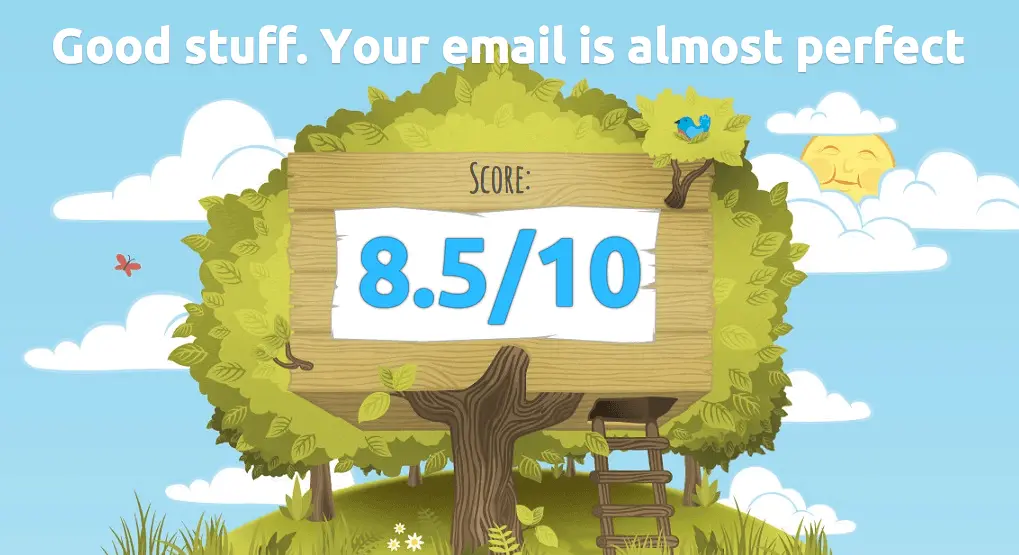Why Do Emails End Up in Spam?
Spam filters are the first line of defense against unwanted emails. Unfortunately, even well-crafted messages can be flagged as suspicious for several reasons:
- Lack of proper SPF, DKIM, and DMARC records in the sender's domain configuration – Without these, email servers may classify the message as unauthorized.
- Incorrect email structure – Too many images, excessive links, missing ALT attributes, or an imbalance between HTML code and text.
- Use of spam-associated keywords – Certain phrases in subject lines may trigger spam filters.
- Sending from low-reputation servers – If the sender's server has been used for spam in the past, its IP address may be blacklisted.
- Excessive mailing to disengaged recipients – If many recipients mark emails as spam, email providers may lower the sender's reputation.
How to Improve Email Deliverability
1. Properly Configure Your Sending Domain
Before mass emailing, ensure your DNS settings include:
- SPF (Sender Policy Framework) – Specifies which servers can send emails on behalf of your domain.
- DKIM (DomainKeys Identified Mail) – Allows digital signing of emails to verify authenticity.
- DMARC (Domain-based Message Authentication, Reporting, and Conformance) – Adds an extra layer of security, instructing servers on handling emails that fail SPF or DKIM verification.
2. Test Emails Before Sending
Before launching a campaign, test your email quality using mail-tester.com. The tool scores emails on a scale of 1 to 10 and highlights areas for improvement.

3. Optimize Email Content and Formatting
- Maintain a balance between text and images – Avoid emails composed solely of images.
- Add ALT attributes to images – Many email clients block images by default, and missing ALT text can affect deliverability.
- Avoid spam-triggering phrases – Refrain from using words like “free,” “urgent,” or “special offer” in subject lines.
- Ensure links lead to reputable sources – Verify that links are functional and point to trusted websites.
4. Build Strong Relationships with Recipients
- Personalize emails – Custom-tailored messages are more likely to be opened.
- Avoid sending to disengaged users – If a recipient hasn’t engaged in a while, stop sending emails to reduce the risk of being marked as spam.
- Include an easy unsubscribe option – Per Google and Yahoo’s 2024 guidelines, every marketing email must contain a visible opt-out link.
5. Monitor Sender Reputation
Regularly check if your domain or IP address appears on blacklists. Use tools such as:
How CONREGO Enhances Email Deliverability
Our Event Management Software offers an integrated email server, allowing you to send emails from a dedicated conrego.app subdomain (e.g., info @ event.conrego.app). This eliminates the need to configure SPF, DKIM, and DMARC records and maintain sender reputation.
Additionally, CONREGO features:
- A high-reputation email server that minimizes spam risk.
- Automated marketing consent management to comply with Google and Yahoo regulations.
- Deliverability reports to track email open rates and engagement.
This ensures that event organizers can confidently send invitations, confirmations, and other critical communications without worrying about spam filters.
Want to learn more? Try CONREGO and discover how effortlessly you can manage event communications.

